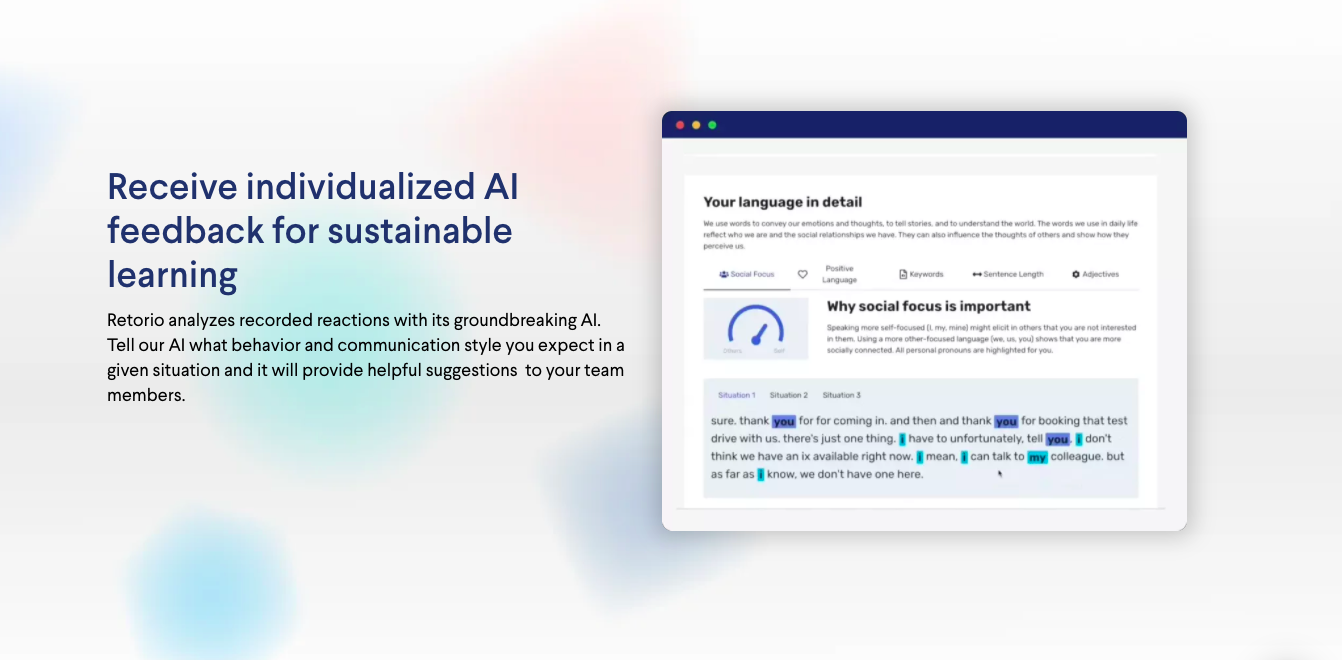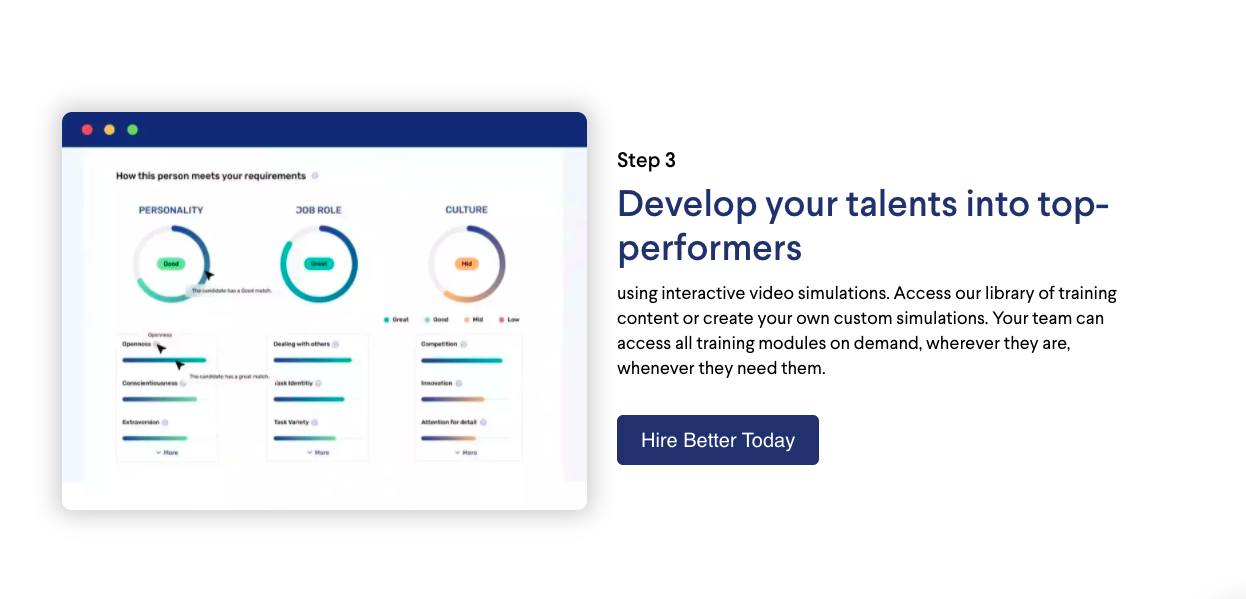Picture this - you’re back in your high school classroom, and the four bleached walls in the classroom seem to close in as you stare at the ticking clock on the wall, waiting for the last 5 minutes to pass over.
By this point, the teacher's voice is a distant echo.
If this sounds chillingly familiar to you, it may be because you aren’t exactly what they call an auditory learner. But don’t get it wrong - by no means does that mean you aren't a good learner. In fact, you might be a great learner when you learn from doing, rather than sitting and listening to what is being told to you.
Everyone has a strategy they use to remember information more efficiently - some absorb information by writing notes, some create visual diagrams, some prefer to listen to someone explain a concept, and others require a more hands-on approach. Scientists around the world have conducted countless studies to understand the differences in how people learn best.
One thing is for sure — there is no ‘one size fits all’ approach to learning. So why are we still using traditional passive teaching methods, like lecturing, as a way of teaching and coaching students and employees?
What's in this post?
- What are the 4 different learning styles?
- What does this mean in the working world?
- How AI is changing the learning and coaching scene
What are the 4 different learning styles?
So what exactly are the different learning styles, and how are they characterized?
The VARK model of learning is one of the most popular ways of categorizing learning styles; Neil Fleming introduced the model in 1987, hoping to help students learn more about their individual learning preferences. The model suggests the following as the four main types of learners:
- Visual learners
- Reading/writing learners
- Verbal learners
- Kinaesthetic learners.
Visual learners
Visual learners are those who, you guessed it, retain information better when it is presented visually - those kids in school who had textbooks filled with colorful graphs, maps, diagrams, and charts.
This doesn’t mean that visual learners can simply look at a photo or video and retain all of the information. As a matter of fact, they respond better when visual aids such as patterns and shapes are used.
For instance, flow charts would be a good choice when explaining scientific processes, or showing the relationship between two different ideas.
Auditory learners
Maybe you, or someone you know, is the kind of person who prefers to listen to instructions, rather than read them off a manual?
These learners learn most effectively by listening and prefer to use their listening and repeating skills to sort through the information that is sent to them.
Reading/writing learners
Reading/writing learners are those who take information in best when it is displayed in text. They tend to enjoy making lists and reading definitions and find textbooks are a great way for them to learn.
These are the individuals who take notes during class and love it when they have handouts or other information written down.
Kinaesthetic learners
Hands-on learning is the key for these individuals - they learn best by physically doing something and need to actually practice doing something to learn it.
For them, taking classes that give you practical, hands-on experience may be helpful when you want to acquire a new skill.
So what does this mean in the working world?
We know that learning styles vary widely, and thus individuals often have different approaches to the same problem. The millennial workforce is vastly different from its predecessor, and innovative technology has led to huge changes in the workplace, and thus, a growing need for personal and professional development to stay on top of the game.
So why is it so crucial to know your learning style, you may be thinking? Well - one’s learning style has a substantial influence on the development of their learning solutions. When employers want to coach or train their employees, understanding various learning styles plays a key role in order for companies to avoid costly ineffective training programs. With that being said, even though organizations spend more than $350 billion globally on training, they are not spending their money effectively - in fact, only 25% of respondents to a recent McKinsey survey believe that training measurably improved performance.
Unfortunately, perceived high costs and lack of knowledge in education and learning often deter the employer from investing in worthwhile training programs. Even when it comes to job-specific training for new employees, employers often resort to a one-style-fits-all approach, i.e. passive seminars and presentations. But, just like lecturers teaching a hall of university students, or teachers in a classroom, this risks employees feeling bored and disengaged.

How AI is changing the training and coaching scene
Artificial intelligence is an umbrella term for applications in which machines perform human-like intelligence. AI sounds complicated but is generally based on statistical methods combined with computing power, by means of which large amounts of data are processed.
So what does this mean for learning and training employees?
As companies around the world are realizing the importance of effectively training their employees, artificial intelligence is becoming increasingly utilized in order to provide personalized training that caters to the individual's learning style.
Take, for instance, Retorio - a startup from Munich, which is a company in the emerging scene of AI today. Retorio combines video analysis with client simulations to offer interactive training solutions for customer-facing positions, such as sales, consulting, etc. Employees can access a library of training content, or create custom simulations, which they can access on demand, from wherever - even train from the comfort of their own homes.
Their clients, including Tata Consulting and BMW, use Retorio to scale up their training programs, as well as coach their sales teams. 
Technology is moving fast, remote work is becoming the modern form of employment, and companies around the world are already implementing AI as a tool for corporate training. Managers are realizing the long-term reduction in cost and increased ROI in respect of engagement, safety, and retention of training, compared to traditional methods of training soft skills, which don't scale well.
As the AI industry develops and more becomes possible in a virtual setting, more training will likely be done with AI and it will soon become a staple of employee training. Companies that are early to adopt the technology will have a huge advantage over their competitors.
If you'd like to see how Retorio can help employers efficiently train their staff, click here to find out more, or test the AI out for yourself by clicking below!



